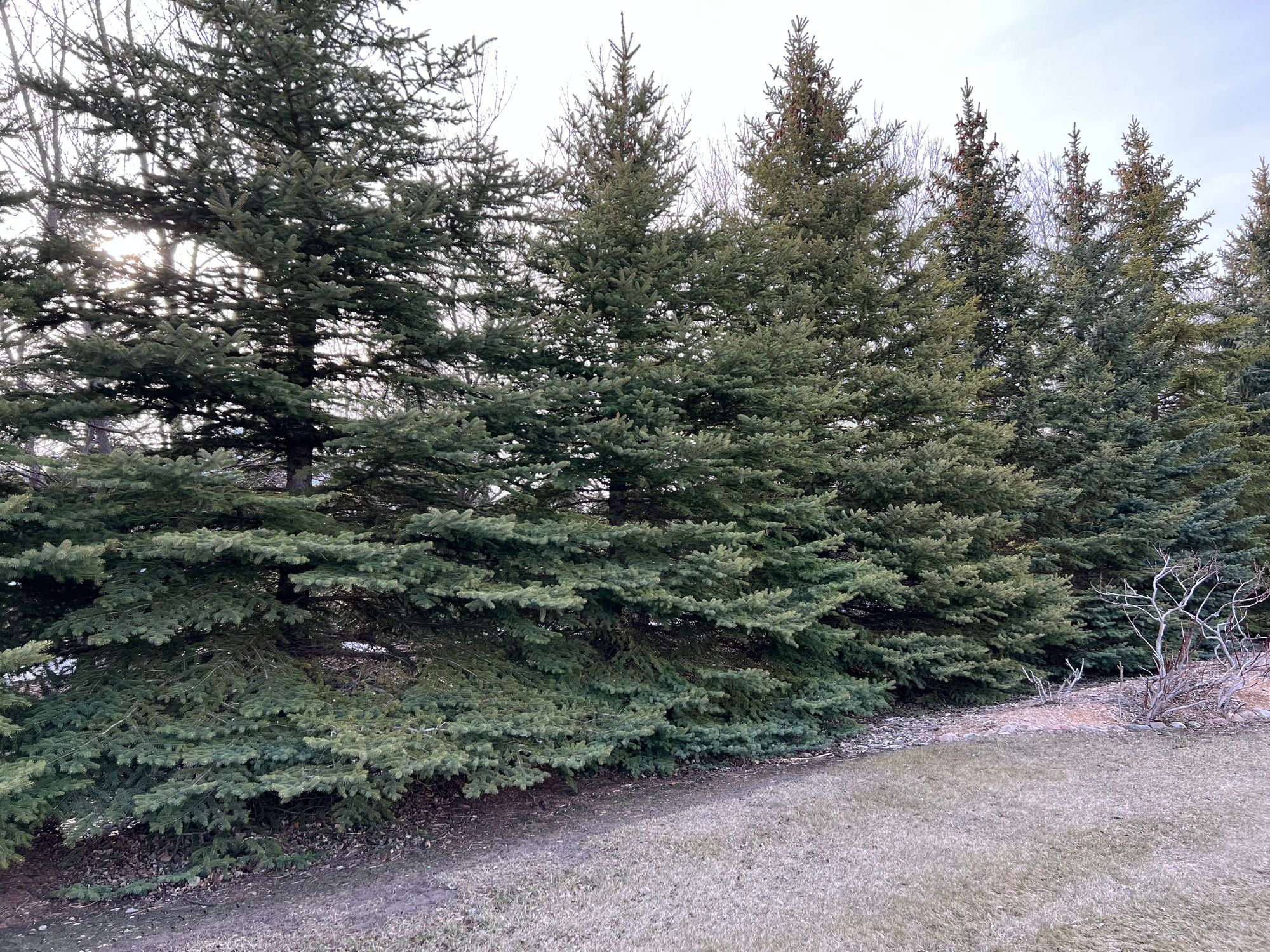Cytospora Canker on Colorado Spruce. Early Symptoms Examined

In the Great Plains where I live, Colorado Spruce trees are among the best evergreen trees to plant. They make an excellent wind and provide a year-round visual screen. They are also very hardy and mainly disease free in our area. But just 200 miles east of us, Cytospora Canker has become a concern. Cytospora is a fungal disease that usually appears in older trees and is more problematic in high-humidity areas, where fungal infections thrive.
If you have Colorado Spruce (Picea pungens) in your yard, it's important to be on the lookout. The fungus causes a canker on the branch near the trunk cutting off all nutrient and sap flow and subsequent death of the branch.
Our area is considered arid, but planting trees too close can increase the risk of infection due to less airflow within the branches. Keep an eye out for the following symptoms:
- Sudden needle cast on lower isolated branches
- White residue on the bark
Cytospora Canker will usually start on lower branches and work its way up the tree over time. It is best to remove the infected branches. Removal will help avoid further spore dissemination and the spread of the disease. Fungicides are also a good option, especially if the condition is advanced and branch removal becomes complex or too high to reach. When choosing to treat:
- Look for a fungicide with the active ingredient Chlorothalonil
- The Bonide brand is one I am familiar with that has this ingredient
- Consider sending some infected tissue to an area plant pathology department (usually at a university)
- Plant pathology labs can determine a definite diagnosis and make further suggestions for control
Chemical fungicides are often preventive, meaning you must have the chemical on the plant before the disease life cycle begins each spring.
Thanks for stopping by,
Kevin
